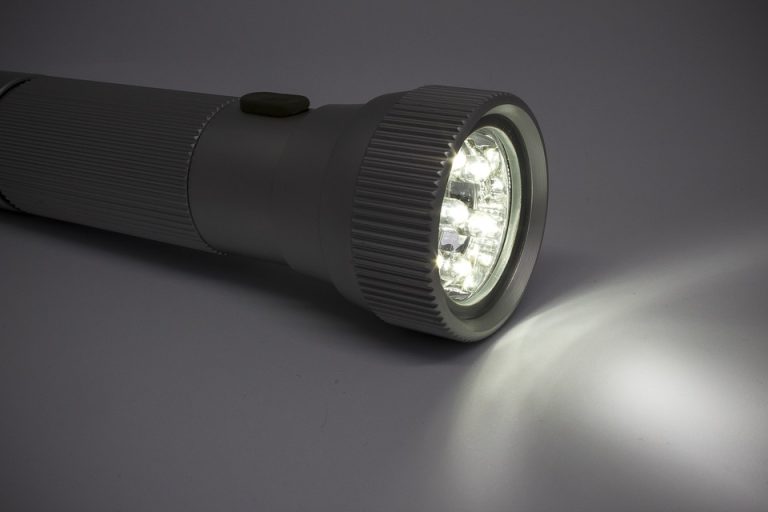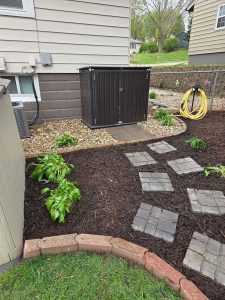
If you’re researching options to prepare for a power outage, you may have come across whole house generators such as a Generac standby generator. While these are a very nice solution, they can also be quite expensive…$10k and up. I set out to find other solutions that might fit my budget. I found a solution for whole house power on a budget, and it only cost me about $3500.
There are some tradeoffs from a full fledged standby generator, but for many the cost savings may make sense. At a high level, the solution includes a transfer switch and a larger portable generator. This allows me the ability to feed electricity from a generator directly into my main breaker panel. This means all the outlets in my house are still live, even on generator power. We just have to be conscience about what appliances are running at once. The only steps required are to start the generator and plug it into the transfer switch. In this article I’ll explain what I did and some pros/cons, so you can decide if this is a good option for you.
Components required
- Generlink 40a Transfer Switch ($1000)
- Electrician Install ($300)
- Champion 11k watt generator ($1800)
- Shed kit ($150)
- Exhaust fan kit ($65)
- Exhaust extension ($85)
- Outlet cover ($15)
The Setup
We installed the Generlink transfer switch on the electrical meter on the back of the house. This required an electrician to come out, as your entire house’s power comes through this point. This is an automatic switch that will transfer the connection between the power company and the socket on the bottom of the meter. It comes with a cable that plugs into this socket and the generator.
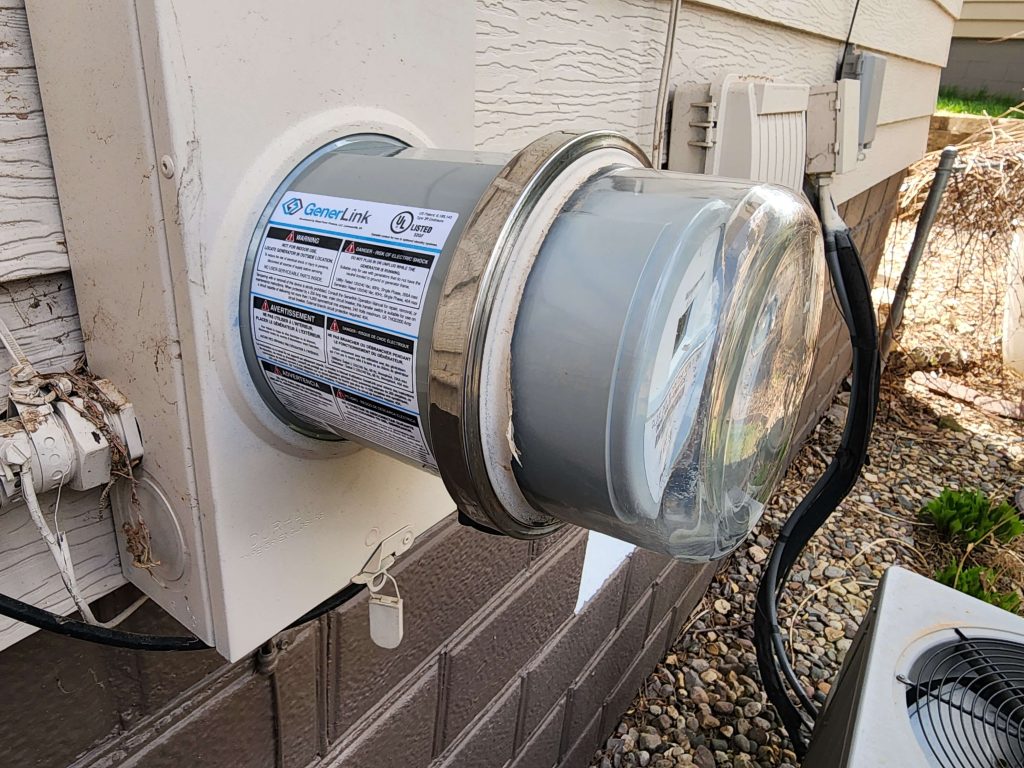
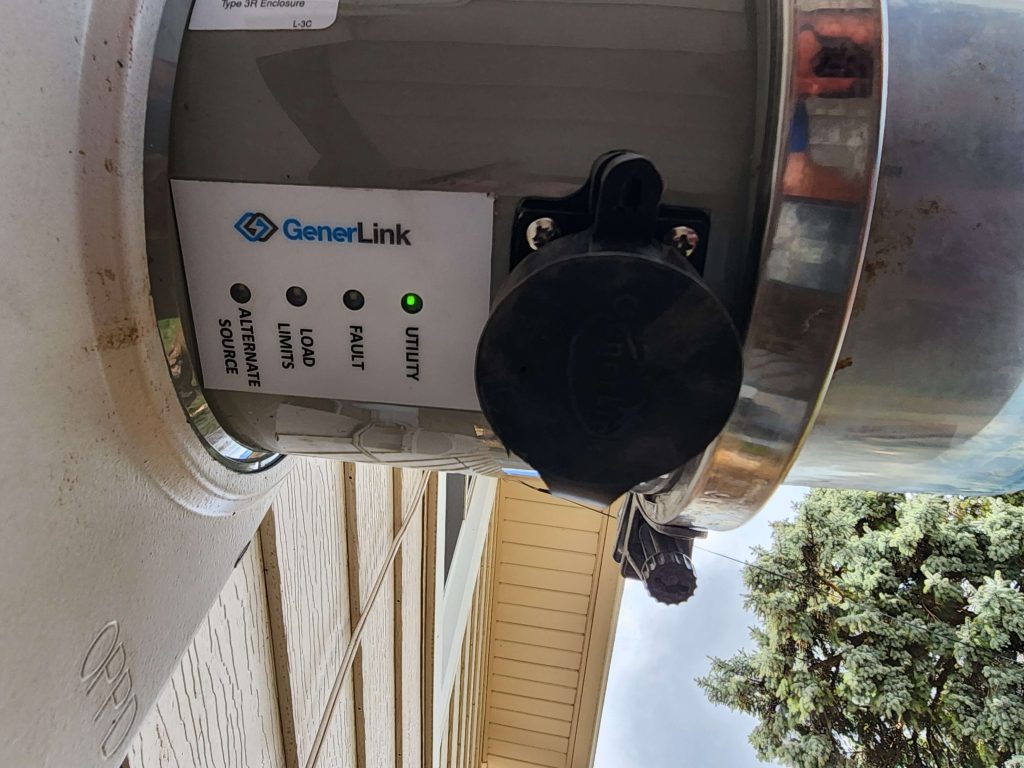
This particular generator weighs about 200lbs, so its not something I want to be moving around much. I also didn’t want it exposed to the elements, so decided to build a small shed to contain it. The shed is about 10 feet from the power meter.
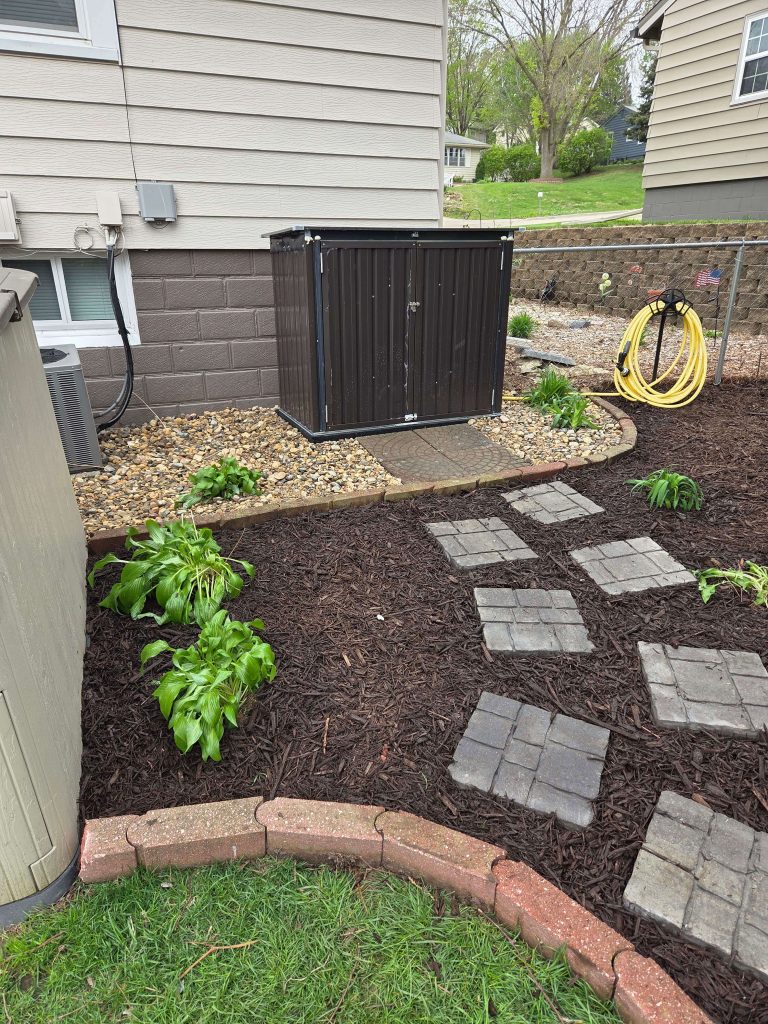
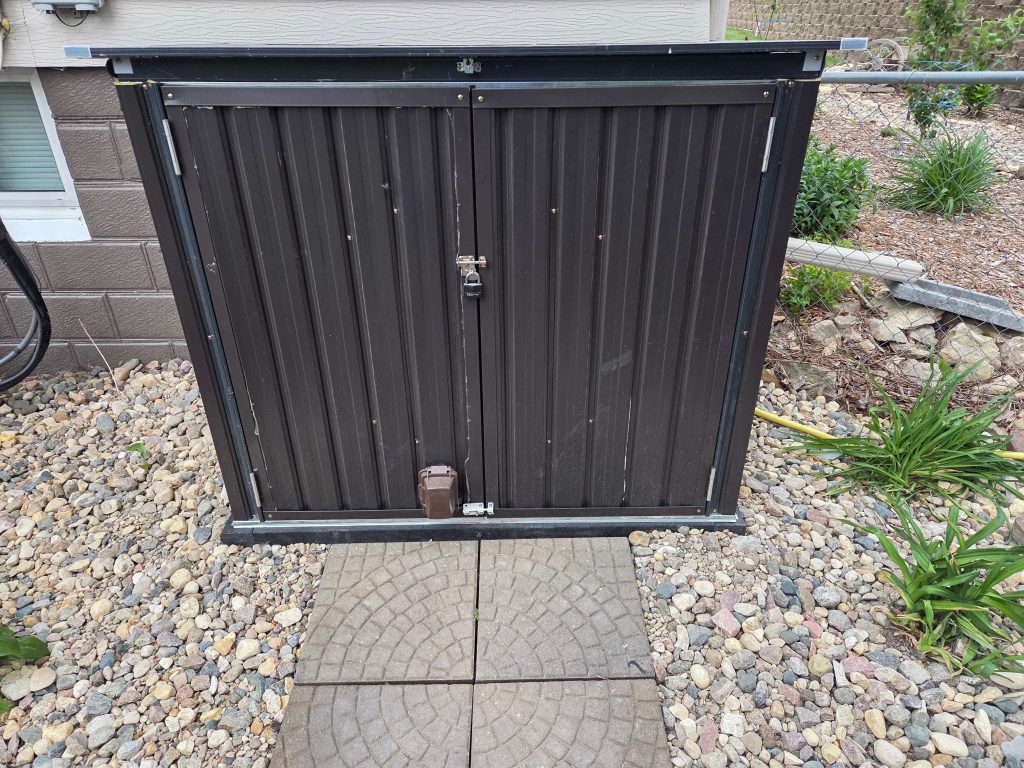
Here you can see the generator in its new home. This shed keeps the generator out of the weather and allows me to run it with a small sense of security. At least a thief will have to do a little work and can’t just wheel my generator away.
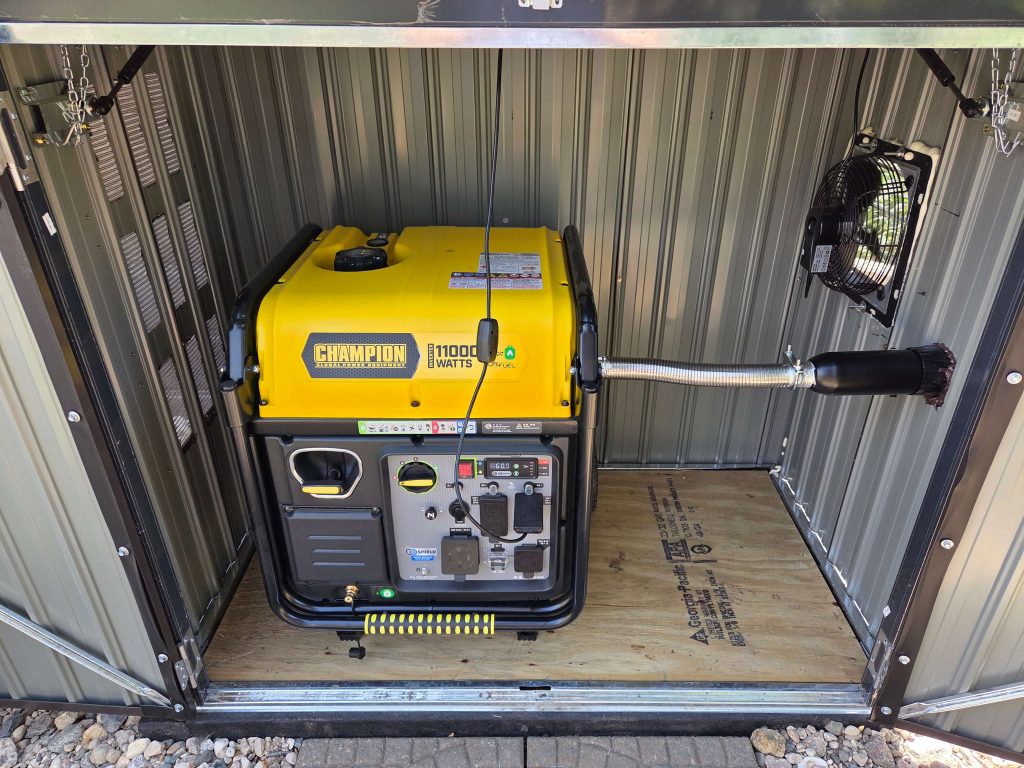
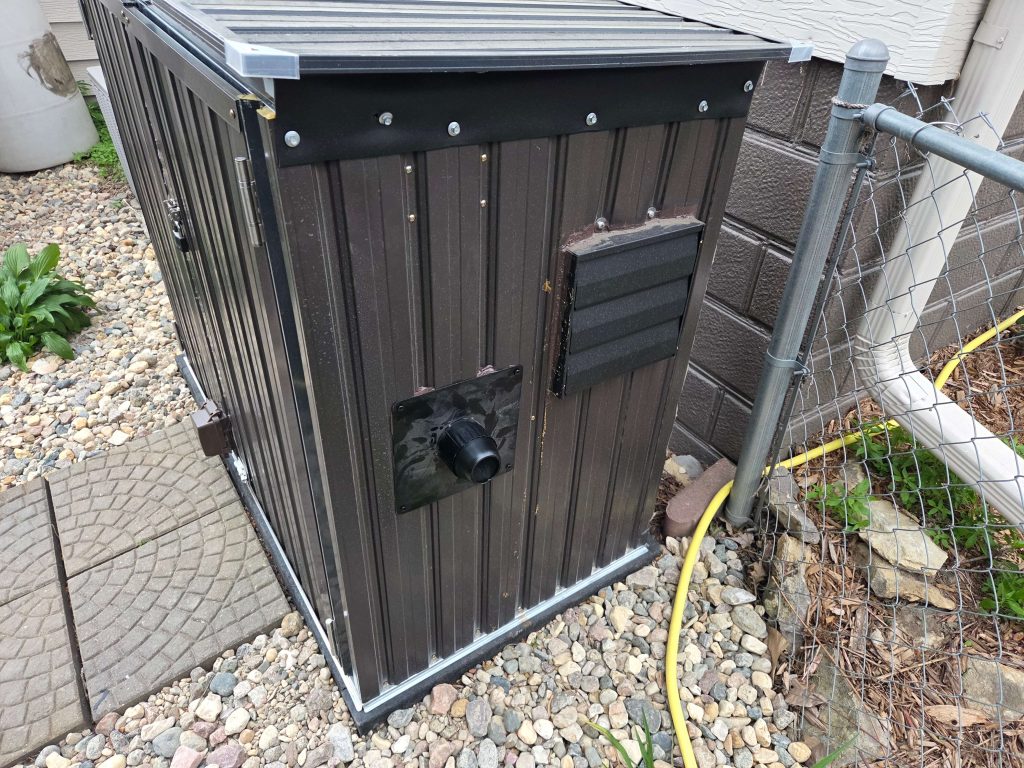
My original plan called for the inlet vents and louvered exhaust fan to keep air flowing through the shed while its running. The fan plugs into the generator, so it can run when the generator is on. This worked for cooling, but wasn’t enough for the overly sensitive CO sensor. That would get triggered after a few minutes and shutdown the generator. This is a feature many generator companies started adding to keep people from running these in their house/garage and getting CO poisoning. Due to this feature, I had to route the exhaust out of the shed directly. This resolved the CO issue.
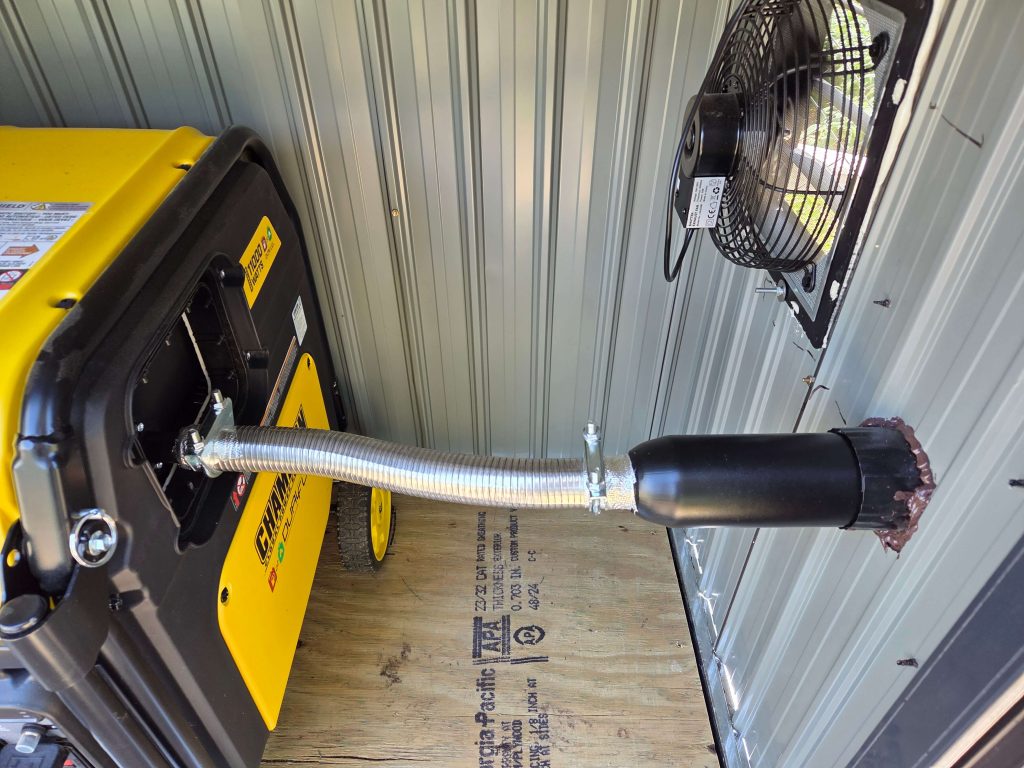
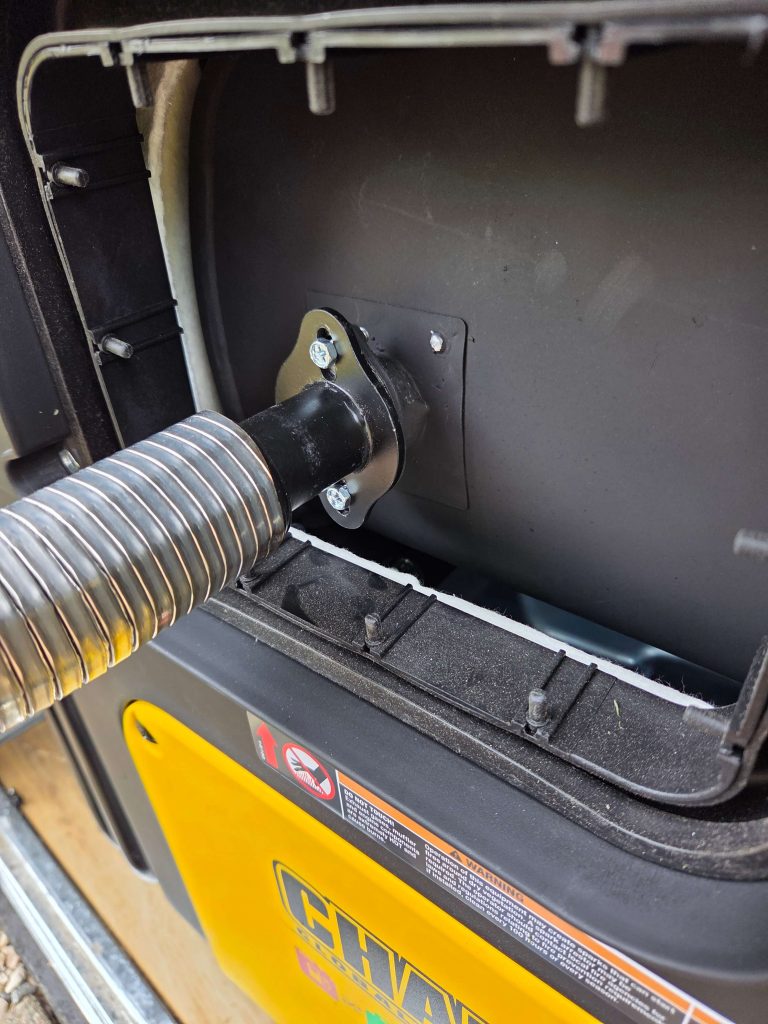
One additional feature I added was a box to allow the switch connection cable to come out of the shed with the doors closed. This, along with the exhaust extension, allows me to shut and lock the shed while the generator is in use.
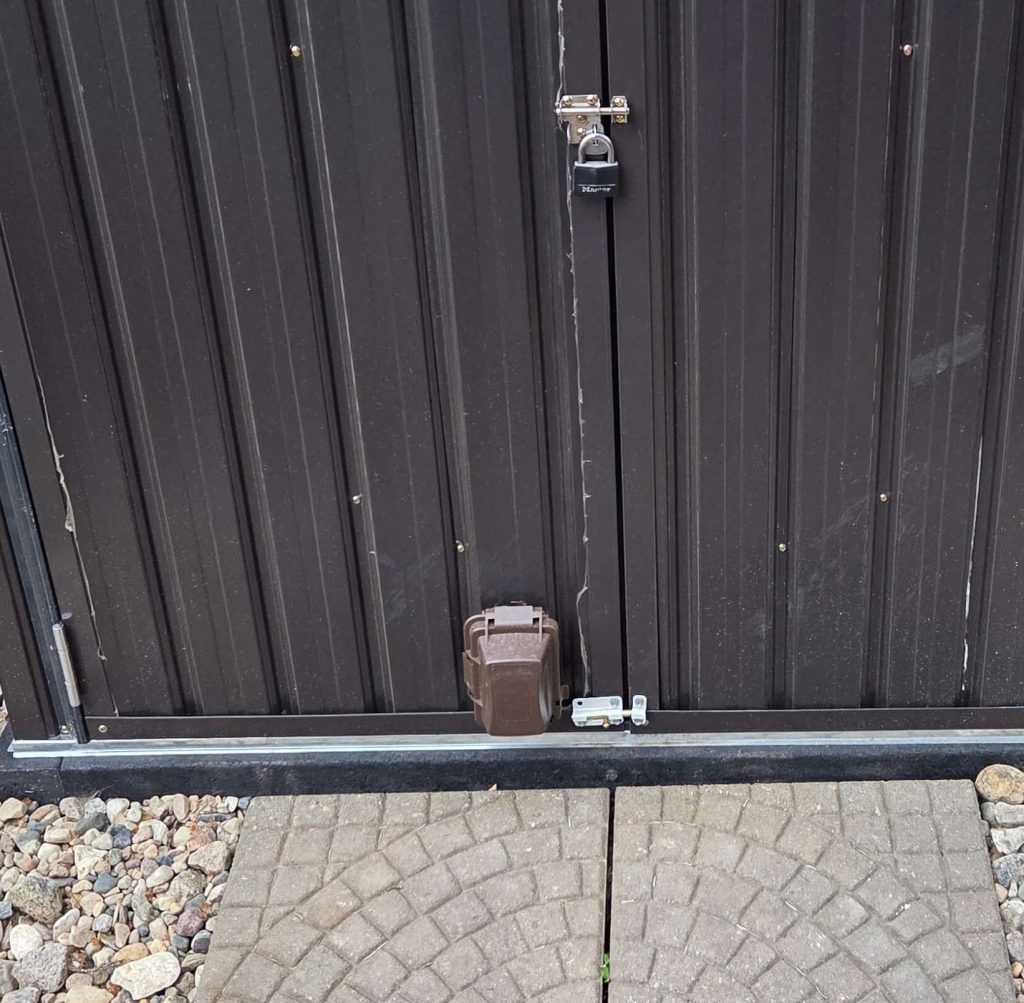
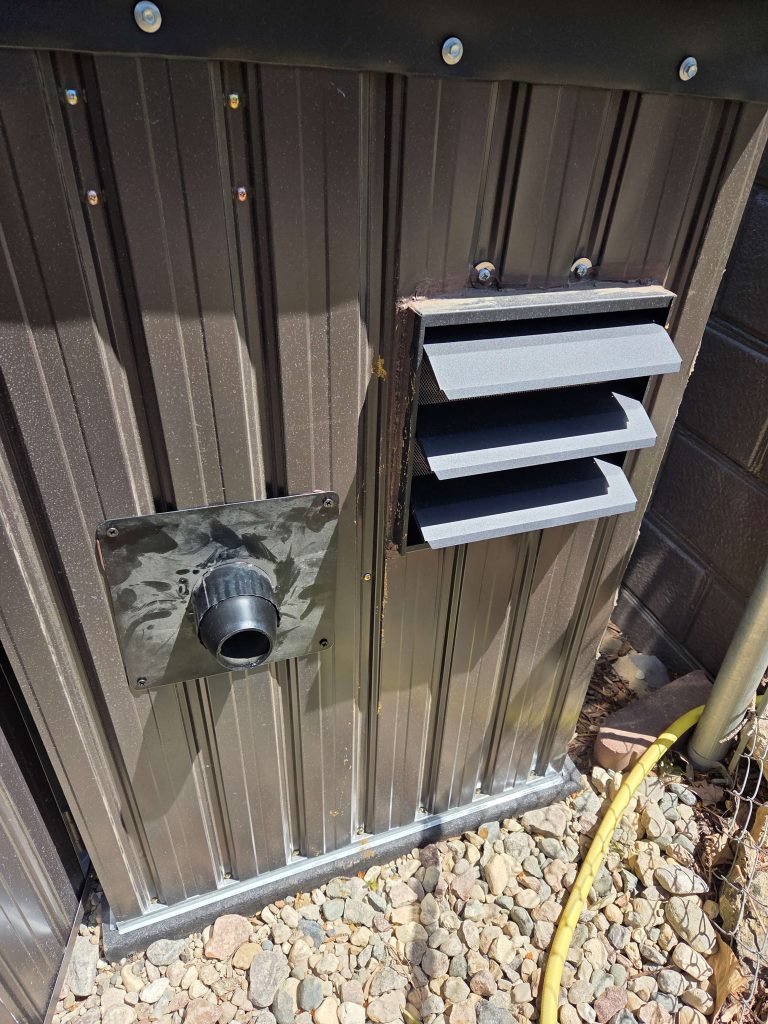
I realized that I did not get a picture of the cable connected while it was running, but here is what that looks like, based on images from the Generlink site.
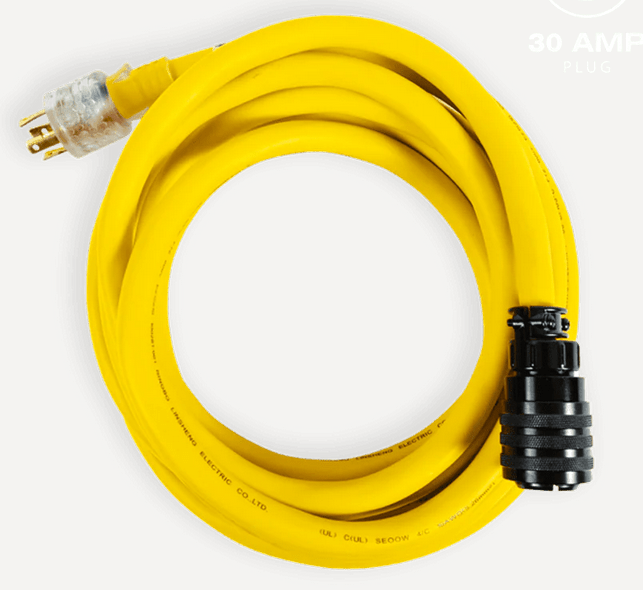
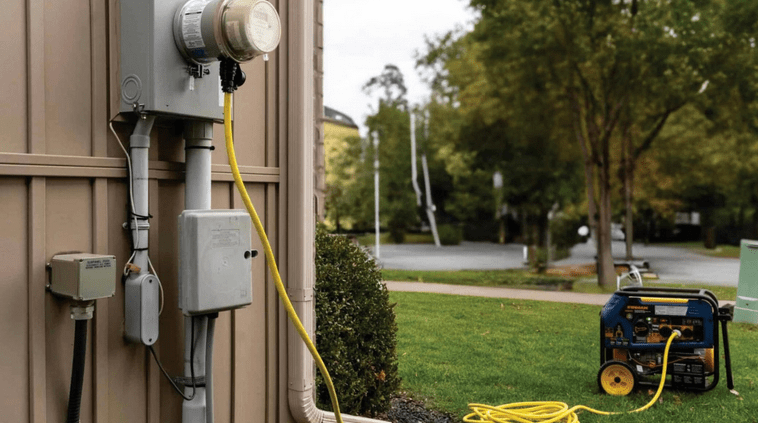
For my house this is an improvement from what our previous backup power solution. I was using a small portable generator in my driveway with heavy duty extension cords running into the house and spread out to the required appliances. There was a constant tripping hazard, and I had a generator sitting out in the open.
Pros of this setup
- My generator is somewhat secure in the shed. If someone is determined they could still get to it, but this should at least deter the lowest effort thieves. This also allows me to run the generator even if its raining or snowing.
- The outlets in my house are all still live, even on backup power.
- No extension cords in the house to trip over.
- No moving around a generator to bring up emergency power.
Cons of this setup
- This is much cheaper than a full fledged standby generator, about 20-30% of the cost.
- The generator has to be refilled with fuel. Depending on your generator tank size and load, this could be a few times a day.
- There is some limitation to how many amps and watts this setup can provide. The entire setup is going through one 40 amp switch. If you have a large house with a lot of appliances running, you may have to rotate their usage. Appliances that run on double pole breakers (oven, clothes dryer, central air) might be too much. You should do the math to get an idea of the required power and have realistic expectations. You may only be able to run 1 of these devices at a time. If that’s the case, you can turn off those breakers at your main panel so you don’t accidentally overload the generator or transfer switch.
Summary
Whole house power on a budget doesn’t mean compromising on reliability, it means getting smart. By combining a Generlink transfer switch with a well-placed portable generator, this setup delivers full-home backup power at a fraction of the cost of traditional standby systems. If you’re looking to keep the lights on without draining your wallet, this approach might just meet your needs.



